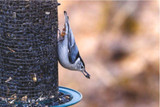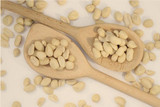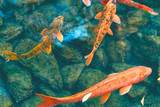Bird Egg Identifier UK
Bird egg identifier UK. Looking to identify eggs you’ve found in your garden or local park? Our bird egg identifier can help you out! We’ve picked some of the most common garden birds from the UK, including birds that lay blue eggs, white eggs and everything in between, so you can see what they look like before they’ve even hatched. Take a look.
Birds nest near food sources, so grab one of our tried and tested bird feeders if you’re looking to welcome some feathered friends into your garden.

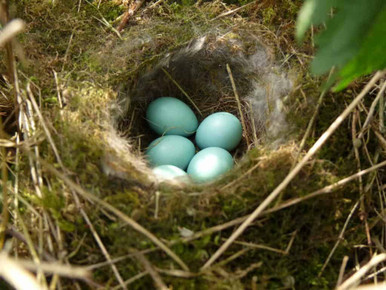

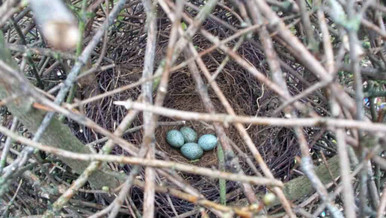
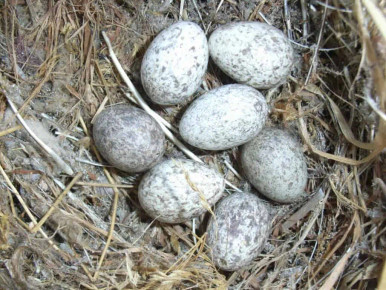
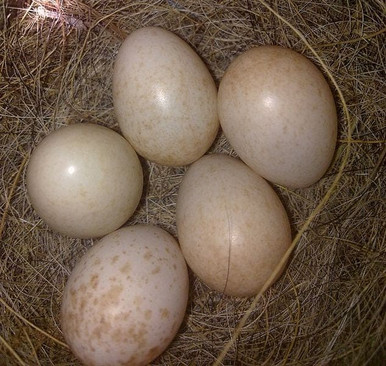

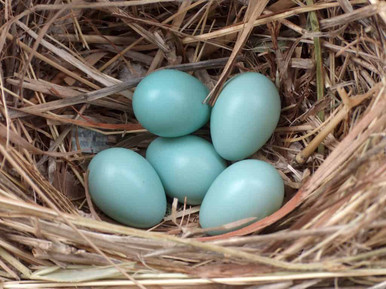

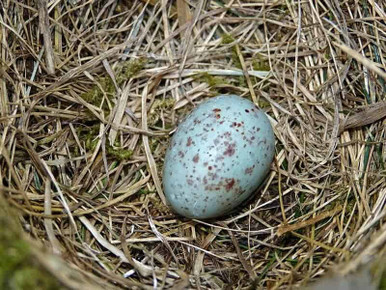 If you've found our bird egg identifier helpful, don’t forget to check out our A-Z bird guides to identify the birds in your garden, from the robin and sparrow to the bearded tit and the brambling!
If you've found our bird egg identifier helpful, don’t forget to check out our A-Z bird guides to identify the birds in your garden, from the robin and sparrow to the bearded tit and the brambling!
Blackbird eggs
If you’ve spotted smooth, glossy eggs that are blue with brown freckles, then they could be blackbird eggs! Size-wise, they are usually 29 x 22mm. Blackbird eggs can range from green to blue in appearance but are identifiable by their brown specks. You’ll usually find blackbird eggs in a nest of twigs, mud and fine grass, like below!
Dunnock (hedge sparrow) eggs
The dunnock, commonly referred to as the hedge sparrow, lays eggs that are sky blue in appearance and are around 20 x 15mm in size. Dunnock eggs can often be found in a nest of grass, leaves and root but often fall victim to the egg mimicking cuckoo.
Goldfinch eggs
The goldfinch lays white bird eggs that are dotted with some pale, brown freckles. The female goldfinch will incubate the eggs alone, laying around five eggs during each brood, but both parents are known to help out with feeding once they’ve hatched.
Magpie eggs
Whatever you think of the magpie (they’re often branded a pest) they’re a frequent visitor to gardens across the UK. Magpie eggs are similar to blackbird eggs in that they're often a green/blue colour with brown freckles. On average, you’ll find around 6 eggs in a magpie nest, and they’re often incubated for 18 or 19 days in April.
House sparrow eggs
Have you spotted white bird eggs nearby? They could be the nest of a house sparrow! Measuring 22.5 x 15.5mm in size, house sparrow eggs are often white with brown and grey freckles. If you’ve found one house sparrow nest, chances are there will be others nearby as they often nest in colonies. Keep an eye out for them hatching, as house sparrow fledgelings usually fledge after 2 weeks.
Robin eggs
The robin, everyone’s favourite garden bird. Around 20 x 15mm in size, robin eggs are smooth with a white matte finish. Like many other bird eggs, they also have pale brown freckles. Be careful when approaching a robin nest as robins are known to abandon their nest if they think it has been discovered. Fun robin fact: robins are nurturing in nature and are known to sometimes feed the young of other bird species!
Song thrush eggs
The song thrush lays eggs that are smooth, glossy and blue in appearance. They’re quite large compared to other garden bird eggs, measuring approximately 31 x 22mm and sporting some dark brown/black speckles. The song thrush usually forms its nest of just mud. That’s right, you don’t find any grass lining in their nests, which makes them easier to identify.
Starling eggs
Starling eggs are also quite large, measuring 30 x 21mm - similarly to the song thrush! However, starlings’ eggs are blue without any markings which can make them seem almost artificial at first glance. You’ll typically find starling eggs in April, with around 4-6 eggs in the insulated nest.
Barn swallow eggs
Swallow eggs are around 20 x 14mm in size and have a smooth white and glossy appearance. They’ll usually breed from the months of April and May, laying anywhere from 3 to 8 eggs. Did you know? it takes a pair of swallows 1,200 journeys to build their nest!
Mistle thrush eggs
Have you spotted a mistle thrush nest in your garden? Their eggs are usually pale blue with brown and red-coloured freckles and they are usually built in the fork of a tree or bush. You’ll notice the nest is constructed from grass, plants, roots, moss and mud. The mistle thrush can lay 4 or 5 eggs per brood, with two broods occurring each year! If you've found our bird egg identifier helpful, don’t forget to check out our A-Z bird guides to identify the birds in your garden, from the robin and sparrow to the bearded tit and the brambling!
If you've found our bird egg identifier helpful, don’t forget to check out our A-Z bird guides to identify the birds in your garden, from the robin and sparrow to the bearded tit and the brambling!
30th Jul 2019
Explore Popular Articles
-
How Sunflower Seeds Can Improve Your Bird's Health
14th Jun 2024Birds are quite attracted towards sunflower seeds, but have you ever wondered about sunflower seeds&
-
The Ultimate Guide to Feeding Peanuts to Birds: Benefits and Considerations
16th May 2024Feeding Peanuts to birds is a common practice due to their high nutritious value. Being an excellent
-
Signs of Overfeeding Fish: How to Spot and Prevent it
7th May 2024Do you know that fish are more likely to die from overfeeding than starvation? One of the mos


